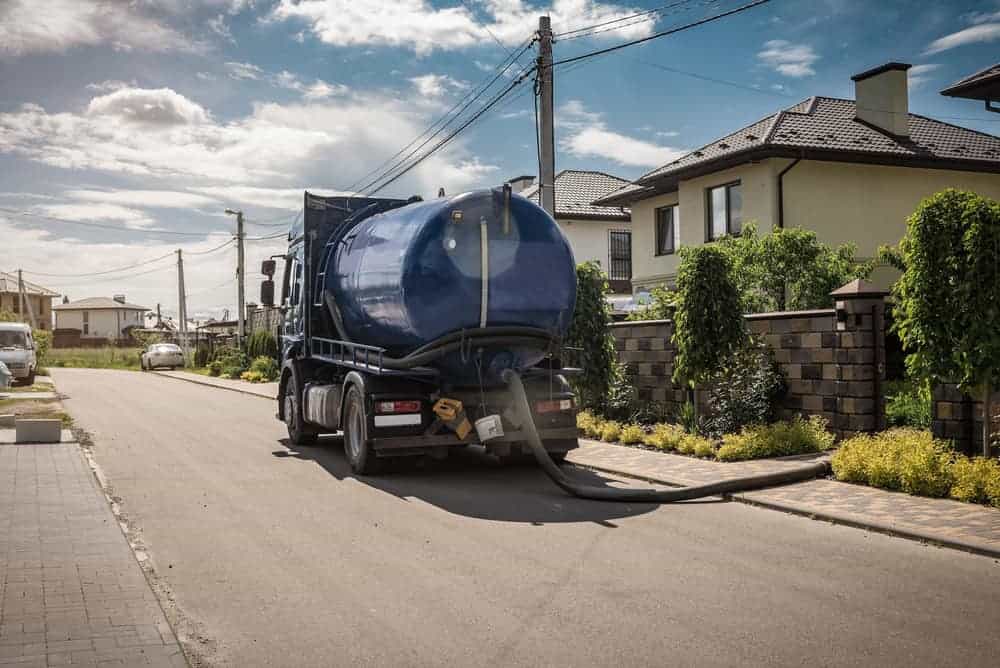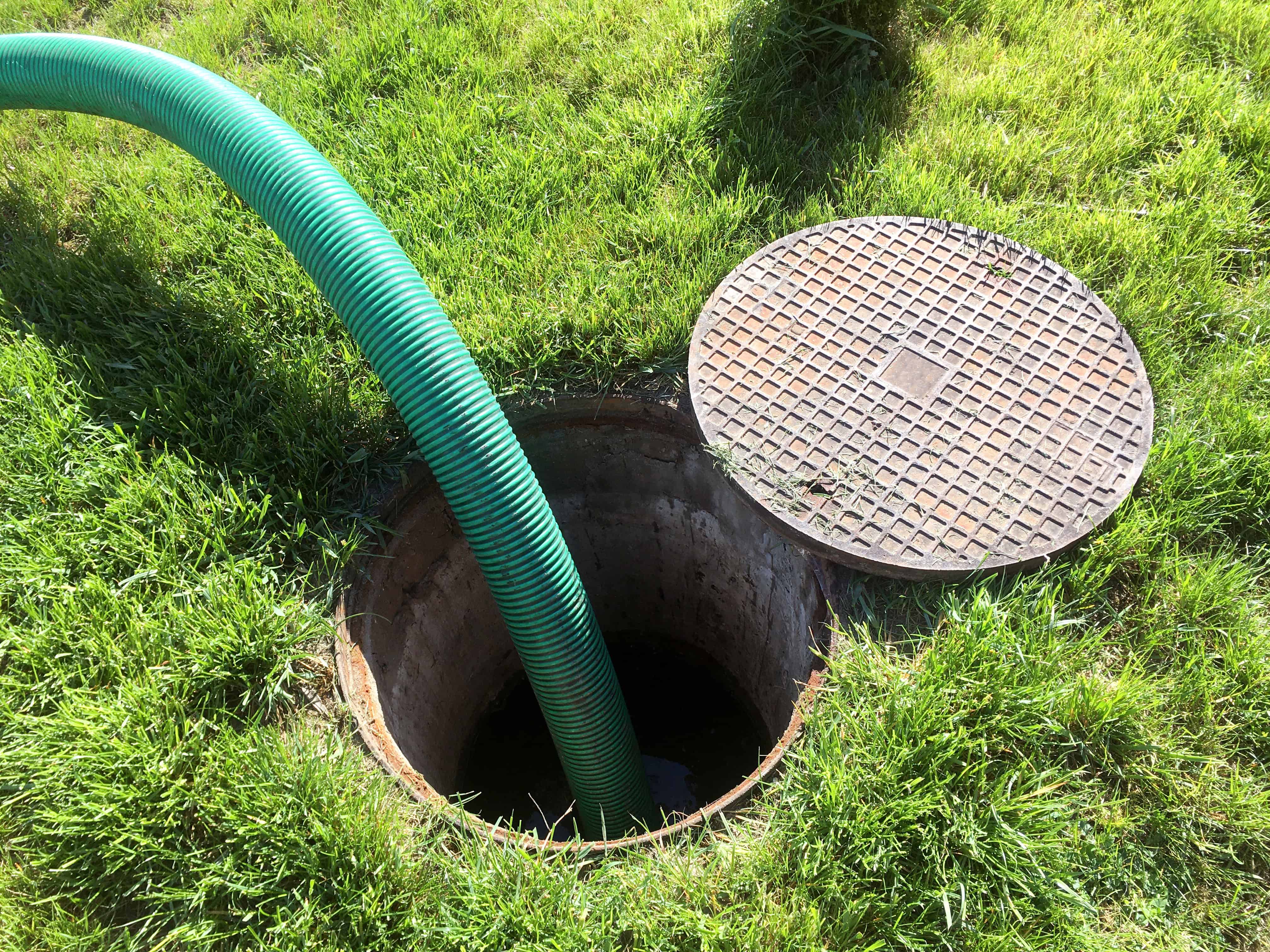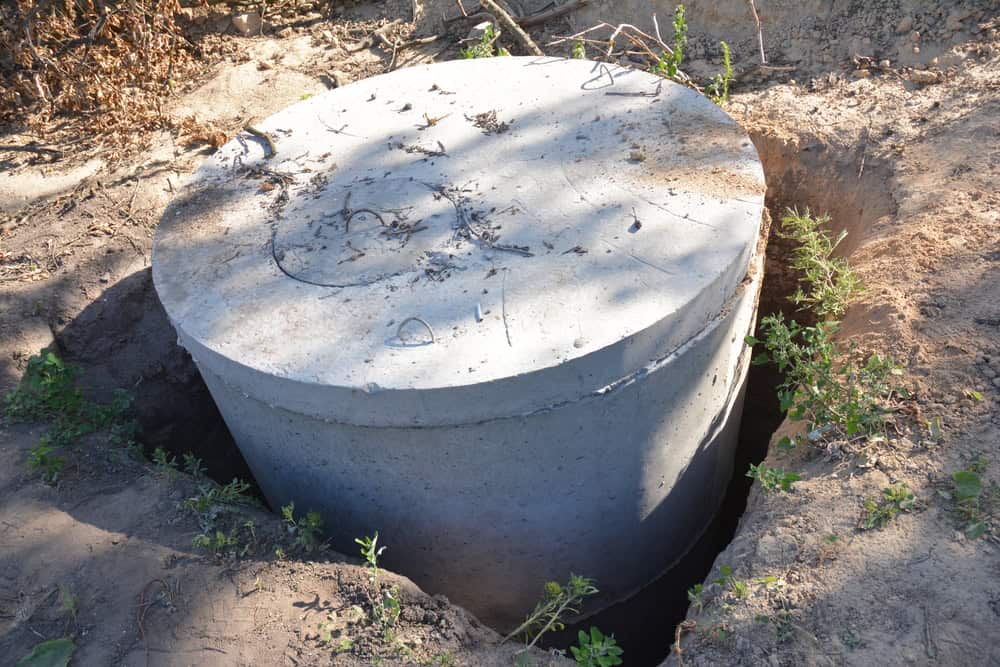Summary:
How Full Septic Tanks Damage Long Island Property Values
A full septic tank isn’t just a maintenance issue—it’s a property value killer. Installing advanced septic systems has been shown to increase property values, but the reverse is equally true. When buyers discover septic problems during inspections, they either walk away or demand significant price reductions to cover potential repairs.
Severely neglected systems may require complete replacement costing $8,000-15,000 instead of routine $400-600 pumping service. That’s not just money out of your pocket—it’s money off your asking price when you sell.
Long Island’s real estate market moves fast, but septic issues bring everything to a screeching halt. You can’t hide a failing system from a qualified home inspector, and you can’t fake the smell of sewage backup.
The Real Cost of Septic Tank Neglect in Nassau and Suffolk Counties
A 1,000-gallon septic tank typically costs between $225 and $400 to pump, while a 2,000-gallon tank can range from $400 to $600 or more. Compare that to what happens when you skip maintenance.
Skipping pumping allows solids to overflow into your drain field, causing permanent soil damage that requires expensive replacement ($15,000-30,000). Emergency pumping during system failure costs 3-4 times more than scheduled maintenance. Those aren’t just numbers—they’re real costs that Long Island homeowners face every year.
The math is brutal but simple. Standard cesspool pumping costs $400-700 depending on tank size and waste volume. Emergency service calls during weekends or holidays include additional fees. You’re looking at paying premium rates when you’re already dealing with sewage backup in your home.
Nassau County’s clay soils retain water longer than sandy areas, potentially flooding your tank and drain field during heavy rains. Saturated systems can’t accept additional waste, causing backups. We avoid pumping during flood conditions but can provide emergency service once water levels recede. This means your problems compound during the worst possible times.
Your neighbors who schedule regular septic service aren’t just being responsible—they’re being smart with their money. Regular maintenance pumping costs significantly less than emergency repairs, making scheduled service a smart financial investment in your property’s waste management system.
Warning Signs Your Long Island Septic System Is Failing
Your septic system talks to you—you just need to know what to listen for. Warning signs include slow drains, gurgling toilets, sewage odors, or wet spots over your drain field. These warning signals indicate solids are backing up into your drain field, requiring immediate attention.
Signs that you might need septic repair include unusually lush green grass over the drainfield, persistent sewage odors, slow drains throughout your home, or gurgling sounds from your plumbing. That bright green patch in your yard isn’t a sign of healthy grass—it’s a sign of unhealthy sewage leakage.
Signs that a septic system needs to be serviced include slow draining sinks or toilets, gurgling sounds in the plumbing, sewage backups, and foul odors. These aren’t minor inconveniences you can ignore. They’re your system’s way of telling you it’s drowning in waste it can’t process.
Sometimes, your system will give off less obvious signs like increased greenery over the drain field, indicating a potential leakage, or persistent bad odors around the tank area, suggesting an issue with the system’s balance. Additionally, frequent plumbing backups or slow flushing toilets can also signal underlying problems needing professional attention.
The tricky part? Ignoring the early warning signs means you might face a system backup when you least expect it, potentially costing you hundreds, or even thousands, in emergency cesspool repair or septic repair fees. Performing regular visual inspections of your septic tank area and drain field is your first line of defense against such surprises.
Don’t wait for sewage to surface in your yard or back up into your home. Prompt attention to these warning signs by contacting us at Quality Cesspool in Long Island means these problems can be addressed before they escalate, helping your system function correctly for longer.
Long Island Septic Tank Pumping: Timing and Frequency
Pumping your septic tank every three to five years is one of the most important septic maintenance tasks. While septic tank pumping is needed every three to five years, annual tank inspections and maintenance can be helpful for detecting issues before they worsen. But that’s the general rule—your specific situation might be different.
Single-person homes typically need pumping every 3-4 years, while families of four require service every 1-2 years. Homes with garbage disposals, large laundry loads, or frequent entertaining need more frequent pumping to prevent premature system failure. Your lifestyle directly affects your pumping schedule.
The key is understanding that pumping frequency isn’t just about time—it’s about usage, household size, and what you put down your drains.
What Affects Septic Pumping Frequency in Nassau and Suffolk Counties
Nassau County’s clay-heavy soils process waste differently than sandy areas, affecting how often your tank needs pumping. Most homes require service every 3-4 years, but household size and water usage patterns influence timing significantly. A four-person household typically needs pumping every 3 years, while couples can extend to 4-5 years. Garbage disposals, water softeners, and frequent laundry increase solid accumulation.
Long Island’s unique environment plays a bigger role than you might think. In Long Island, the unique coastal environment plays a significant role in the care and maintenance of septic systems. With its mix of sandy soils and proximity to water bodies, homeowners need to be particularly vigilant about septic system health to prevent contamination and ensure environmental compliance. The fluctuating water table levels, especially during stormy seasons, can impact septic system efficiency.
Homes with garbage disposals may need more frequent pumping due to additional organic waste. Households with higher occupancy, frequent entertaining, or those using more water-intensive appliances also often require shorter intervals between pumpings. Regularly assessing your household’s water usage and waste generation is essential in determining the optimal schedule for your septic tank pumping.
Your pumping schedule isn’t set in stone. We measure actual waste accumulation rates during each service to customize maintenance schedules for your specific usage patterns. Factors like soil conditions, system age, and seasonal occupancy changes affect pumping frequency and timing recommendations. We track these patterns and adjust your schedule accordingly.
Waiting too long between pumping services allows waste layers to compact and harden, making removal more difficult and expensive. Systems pumped on schedule require less time and effort, reducing service costs while maintaining optimal performance. Regular maintenance isn’t just about preventing problems—it’s about making the work easier and cheaper when you do need service.
The Hidden Environmental Impact of Delayed Septic Maintenance
The New York State Department of Environmental Conservation has determined that conventional septic systems and cesspools on Long Island are considered failing since they are neither designed, nor capable of removing significant amounts of nitrogen. This isn’t just an environmental concern—it’s a regulatory reality that affects every Long Island homeowner.
Nitrogen pollution from cesspools and septic systems has been identified as a leading cause of degraded surface water quality on Long Island, contributing to restrictions on shellfishing, toxic algae blooms, and massive fish kills. Approximately 40,000 residential properties on the North Shore of Nassau County are currently served by cesspools and septic systems. Reversing the degradation of water quality depends on the replacement of existing systems with new nitrogen-reducing technologies.
The good news? There’s financial help available. The Suffolk County Septic Improvement Program provides up to $10,000 base grant. Nassau County Septic Environmental Program to Improve Cleanliness provides grant funding of up to $20,000 to repair and replace failing septic systems with nitrogen-reducing systems. Nassau County uses $10,000 of federal funds from the American Recovery Plan Act in conjunction with $10,000 from State Septic System Replacement Grant funds.
Eligible property owners can be reimbursed 50 percent of eligible costs up to $10,000 for the installation of a conventional system, or up to 75 percent of eligible costs up to $25,000 for the installation of an enhanced septic system. Counties may also set graduated incentive reimbursement rates for septic system projects to maximize program participation and pollution reduction goals.
Your septic maintenance isn’t just about your property—it’s about protecting Long Island’s water resources for everyone. Aging septic systems are one of the biggest threats to Long Island’s environment, and cleaner, more efficient systems mean fewer pollutants leaching into our groundwater and waterways. Every dollar spent here delivers cleaner water for our families, stronger support for local businesses, and real savings on long-term maintenance.
Regular pumping and maintenance keep your current system functioning while you explore upgrade options. Advanced systems have been shown to remove up to 90% of the nitrogen that leads to these problems. Whether you’re maintaining your current system or planning an upgrade, consistent care protects both your investment and your community.
Protect Your Long Island Property Investment with Professional Septic Service
Your septic system isn’t just buried infrastructure—it’s a critical component of your property value and daily life. A septic system correctly matched to your soil can provide reliable service for 25 to 30 years, a significant lifespan compared to the 10 to 15 years you might get from a poorly suited one, ultimately saving you from considerable replacement expenses.
The math is clear: regular maintenance costs hundreds, while emergency repairs cost thousands. Professional maintenance extends your system’s lifespan from 15 years to 25+ years. We pump, inspect, and identify potential problems before they disrupt your household or require emergency repairs. That’s not just money saved—that’s peace of mind earned.
Understanding your septic system and staying on top of maintenance is crucial for any Long Island homeowner. Regular pumping, monitoring, and professional assistance are key to a worry-free septic system. When you’re ready to protect your property value and avoid costly emergencies, we at Quality Cesspool provide the local expertise and reliable service Long Island homeowners trust.





